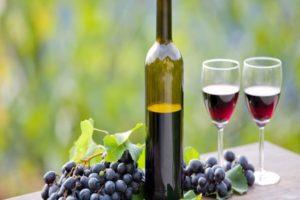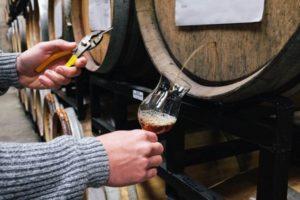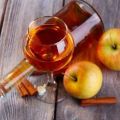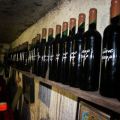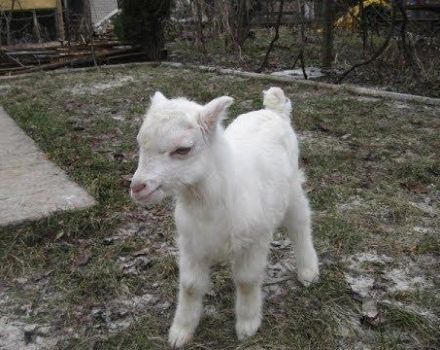TOP 7 recipes for making red grape wine at home
Making wine from red grapes has a number of characteristics. To get a delicious high quality drink, it is worth following the technology. Wine making includes several successive stages.
To achieve good results, attention should be paid to the choice of grape variety. Table varieties that have small berries are suitable for preparing a drink.
Features of making the best wine from red grape varieties in simple home conditions
To make a good wine, there are a few things to consider:
- Do not use spoiled fruits for making a drink. One rotten berry can be enough to spoil the raw material. Before making a drink, you should carefully sort out the fruits.
- The drink should not come into contact with metal objects. At the first stage, it is permissible to use an enamel pan. In this case, it is worth mixing the composition with a wooden or plastic spoon. The same applies to the wine aging container. It is better to use wooden or glass containers.
- Do not wash the grapes before cooking. There are bacteria on its peel that act as yeast. They are required to start the fermentation process.
- All stages of winemaking should be controlled and the recipe should be strictly followed. Otherwise, there is a risk of getting vinegar. The temperature regime is of no small importance. There will be no fermentation in a cool room.
- Without the use of water and sugar, it is permissible to make wine only from sweet and juicy grape varieties. In other situations, these components must be added. Otherwise, there is a risk of no fermentation.
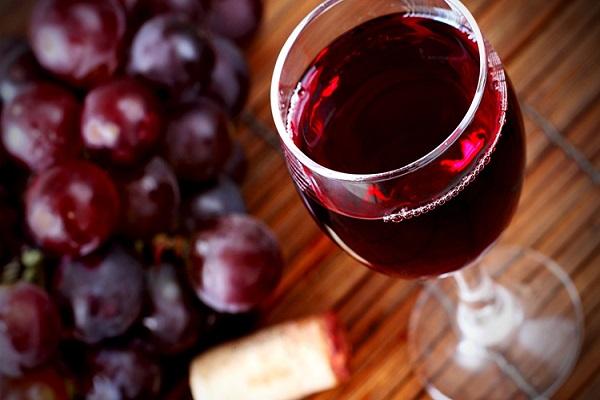
Most suitable varieties
To make a quality drink, you need to use the appropriate grapes. Red wines are characterized by a bright taste and rich aroma. These parameters depend on the level of tanning components in the bones.
To make a good product, it is worth using grape varieties such as Cabernet Sauvignon, Cabernet Franc, Merlot, Pinot Noir, Nero.
Table grapes are suitable for the drink. Such varieties have small clusters and small fruits. To make red wine, use black, red, blue grapes.

Simple red grape wine recipe
Making wine is quite simple - for this you should use the classic recipe. If you follow the key recommendations, you will be able to get a delicious semi-dry drink.
If you want to make dessert wine, you should use more sugar.
Getting the pulp
The pulp is a transferred grape. When kneading berries, the bones cannot be damaged. Otherwise, the drink will be too tart. It is worth crushing the fruits with your hands or with a wooden rolling pin.
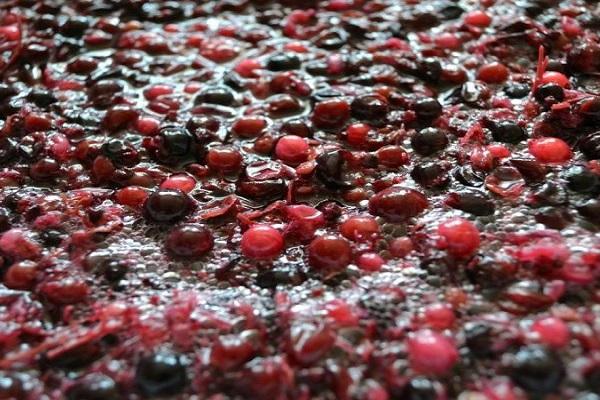
It is recommended to put the crushed berries in an enamel container. It is important that the grapes are 3/4 full. Then the dishes should be covered with a cloth to protect the product from insects and put in a warm place. The temperature should be + 18-27 degrees.
It takes 8-20 hours to ferment grapes. As a result, a crust appears on the surface of the mass. To eliminate it, the raw materials should be mixed every day. This can be done manually or with a wooden stick.
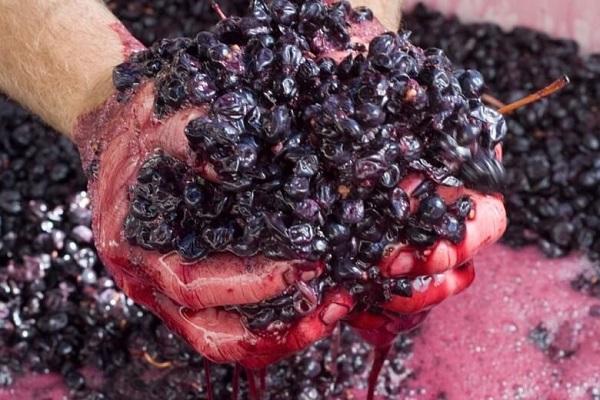
Juicing
Over the next 3 days, the pulp continues to ferment, becoming lighter. If there is a hissing and sour smell, squeeze out the grape juice.
The pulp should be collected in a separate bowl and squeezed. The procedure is performed manually or using a press. The resulting juice must be passed through cheesecloth several times. Thanks to this procedure, it is possible to remove foreign particles and enrich the juice with oxygen in order to achieve subsequent fermentation.
If the juice is too sour, add water at this stage. Usually the need for this procedure arises when growing grapes in regions with a harsh climate. For 1 liter of juice, 500 milliliters of water is enough. At the same time, this method should not be abused, since it reduces the quality of the wine.
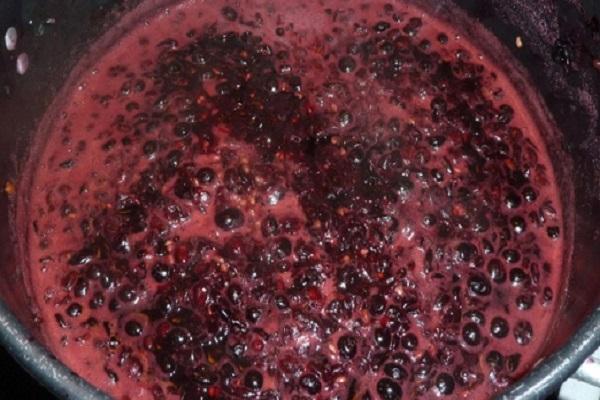
If the grape juice has a sour taste, it is better not to add water. During fermentation, the amount of acids in the wine will decrease. After that, the liquid should be poured into a glass container. It is filled to 70%.
Installation of a water seal
The constant access of oxygen provokes sour wine. In this case, it is required to remove carbon dioxide, which is synthesized during the fermentation process. The use of a water seal will help to cope with the problem.
This device is a lid with a hole. A hose is inserted into it. Place the odor trap on the wine container. The device is sold in specialty stores. You can also do it yourself.
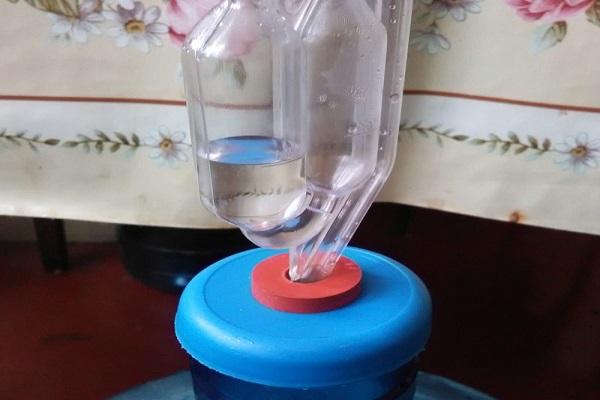
An ordinary rubber glove can play the role of a water seal. It should be put on the neck of the wine container. A hole should be made in the glove first.
After installing the water seal, the dishes are moved to a room with a temperature of + 22-28 degrees. With a decrease in indicators, the fermentation process stops. Therefore, it is important to maintain an optimal temperature regime.
Adding sugar
Every 2% sugar in juice results in 1% alcohol in the drink. In grapes, the natural sugar content is at the level of 20%. If you don't add sugar, you get a wine with a strength of 10%.
If the amount of alcohol is more than 12%, wine yeast will lose its activity. To determine this parameter, it is worth using a hydrometer. This device helps to estimate the density of a liquid.

You can also use the average parameters depending on the grape variety. It should be borne in mind that they differ depending on the region. Therefore, the key criterion is the taste of the wine. It should stay sweet, but not sugary.
It is recommended to add sugar in parts. For the first time, the wine should be tasted 2 days after the start of fermentation. If the drink has a sour taste, sugar should be added to it. For 1 liter of juice, 50 grams of sugar are used.
For the procedure, it is worth draining a little wine and adding the required amount of sugar. Pour the finished composition back into the dish. Such actions should be performed up to 4 times in 25 days. With a slowdown in the process of reducing sugar content, one can judge about a sufficient amount of sugar.
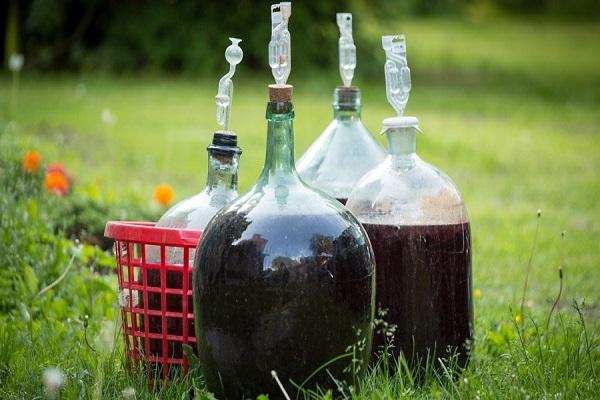
Removal from sediment
If there are no bubbles in the water seal within 2 days or the glove does not inflate, the wine is clarified. Sediment accumulates at the bottom of the container. It contains a lot of fungi that cause bad aroma or bitterness in the taste.
The young wine must be poured through a 1 centimeter diameter hose. It is important not to bring the end of the tube to the sediment.
Sweetness control
At this stage, the active fermentation of the drink is complete. Therefore, the addition of sugar does not affect the strength of the wine. The concentration of this component depends on individual preference. However, the amount of this substance should not exceed 250 grams per 1 liter. If the wine is sweet, there is no need for a sweetener.
To make a fortified wine, it is worth adding alcohol. Its amount should not exceed 15% of the total. This component contributes to a longer storage of wine. At the same time, its aroma becomes less saturated.
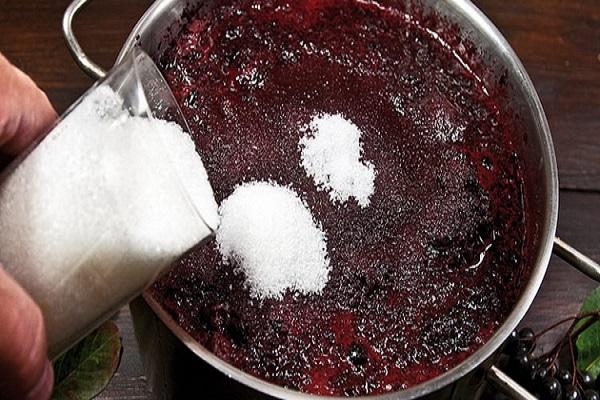
Wine maturation
The final taste of the wine is formed by a quiet fermentation. This process takes 2-6 months. This exposure is enough to make red wine. Dishes with a drink can be placed under a water seal or closed with a lid.
When sediment appears in the dishes, the wine should be poured. If the drink has a cloudy consistency, it is clarified. For red wines, egg white with the addition of water is used. It is possible to notice the result after 20 days.
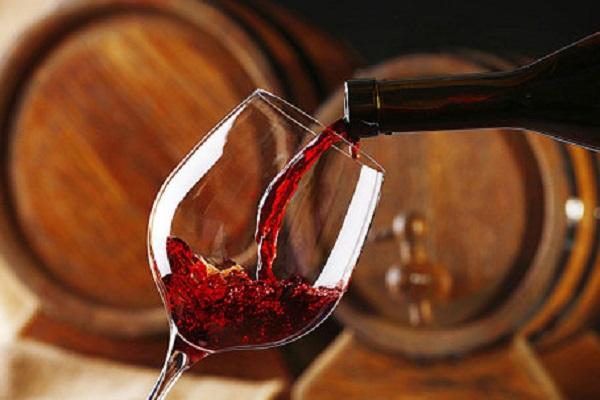
Preparing dry wine
Dry wine is characterized by a low sugar content. The drink has a pomegranate or ruby color. In terms of taste, it is light and contains a slight sourness.
You shouldn't use sugar to make this wine. Its content is maximum 1%. During fermentation, microorganisms process fructose.
You can prepare dry wine from fruits, the sugar content of which is 14.5-21.5%. The manufacturing process is the same as the classic technology. However, the addition of sugar must be avoided.
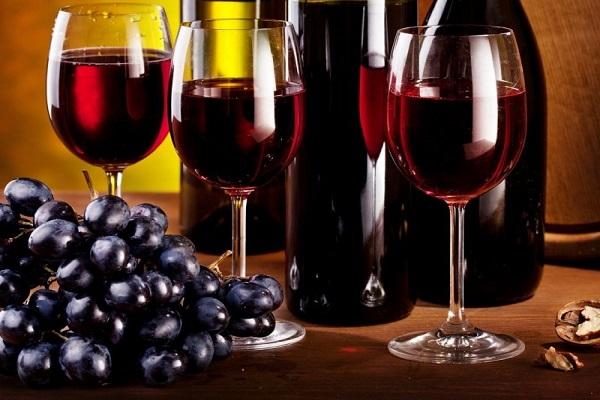
Terms and conditions of storage
The finished drink should be bottled and sealed. It is allowed to store it for 5 years. In this case, the temperature regime is + 5-12 degrees. Better to use dark bottles.
Making red wine isn't hard. To do this, it is enough to strictly observe the technology of preparing a drink, adhering to successive stages.
